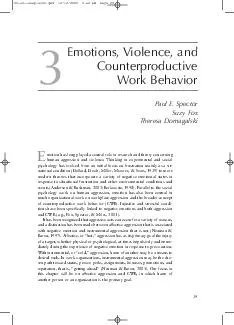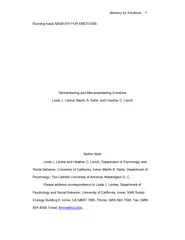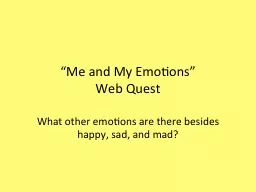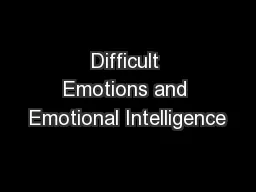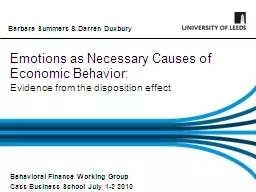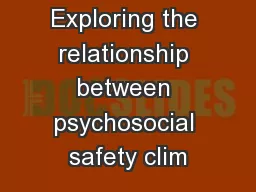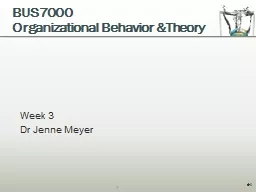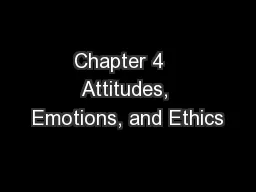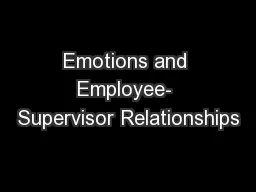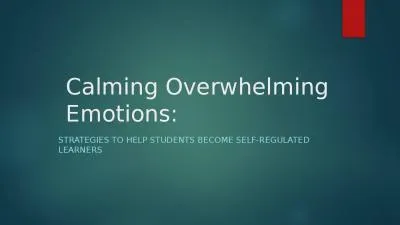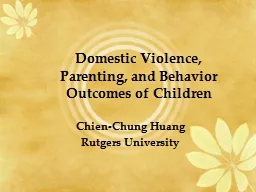PDF-Emotions Violence and Counterproductive Work Behavior Paul E
Author : calandra-battersby | Published Date : 2015-03-12
Spector Suzy Fox Theresa Domagalski motion has long played a central role in research and theory concerning human aggression and violence Thinking in experimental
Presentation Embed Code
Download Presentation
Download Presentation The PPT/PDF document "Emotions Violence and Counterproductive ..." is the property of its rightful owner. Permission is granted to download and print the materials on this website for personal, non-commercial use only, and to display it on your personal computer provided you do not modify the materials and that you retain all copyright notices contained in the materials. By downloading content from our website, you accept the terms of this agreement.
Emotions Violence and Counterproductive Work Behavior Paul E: Transcript
Download Rules Of Document
"Emotions Violence and Counterproductive Work Behavior Paul E"The content belongs to its owner. You may download and print it for personal use, without modification, and keep all copyright notices. By downloading, you agree to these terms.
Related Documents

